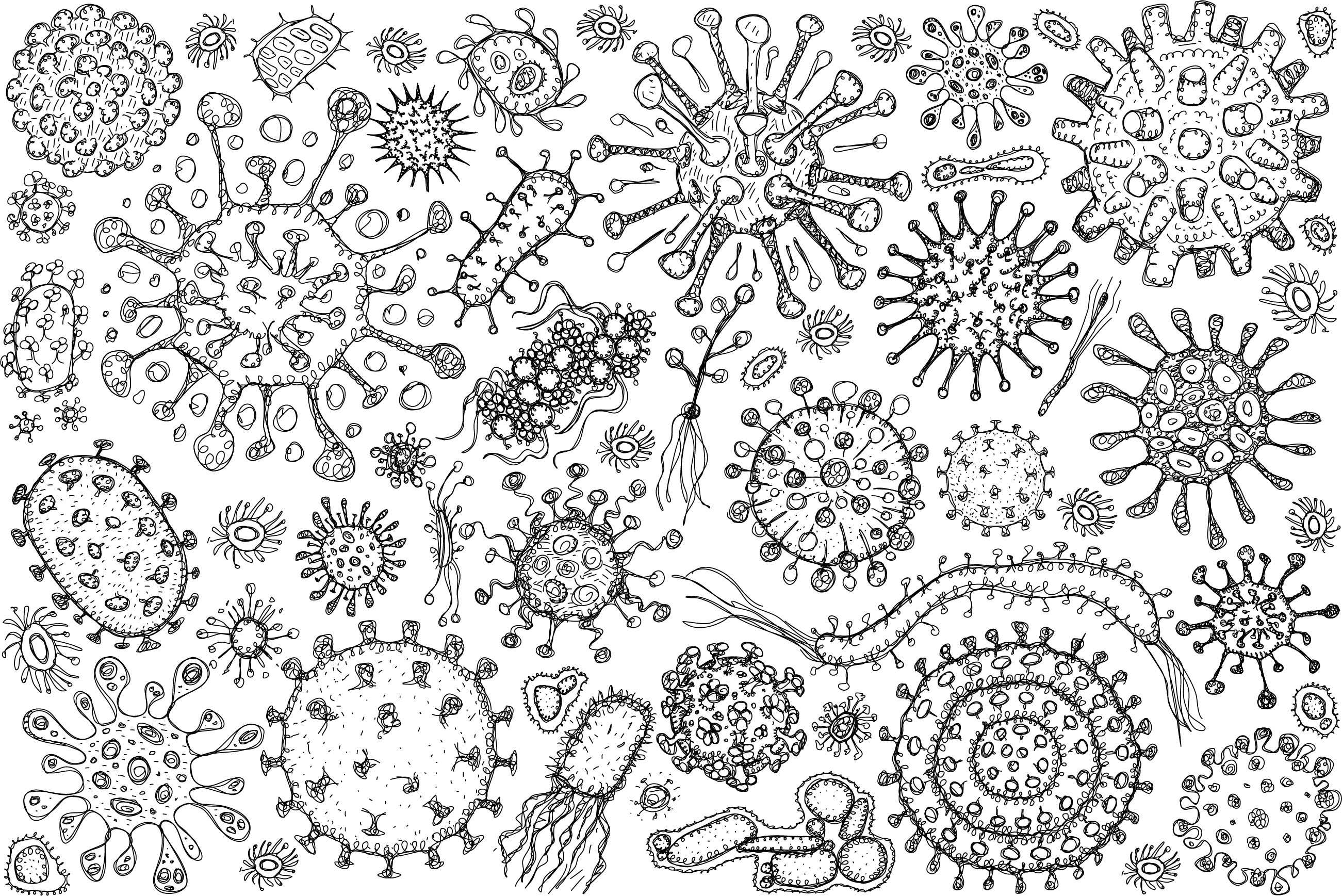
Seminar Title: The kaposin RNA transcript is the architect of a successful KSHV infection
Seminar Abstract: Nuclear speckles (NSs) are membraneless organelles that regulate alternative splicing, transcription and RNA export, making them attractive targets for viruses that co-opt these central processes to optimize their own gene expression. NSs house several RNA-binding proteins and splicing co-factors, polyadenylated RNA, and the long non-coding RNA MALAT1, yet an RNA capable of seeding NSs has not been identified. NSs reorganize during Kaposi’s sarcoma-associated herpesvirus (KSHV) infection; however, how this event contributes to replication is unknown. We now show that the abundant KSHV viral transcript, kaposin, previously recognized solely for its protein coding capabilities, remains largely nuclear, localizes to and remodels NSs. The kaposin RNA alters NS morphology and displaces host MALAT1 from NSs during both infection and ectopic expression. Recombinant viruses with alterations to the kaposin GC-rich direct repeats fail to co-localize with NSs, are crippled during the initial infection stage, and display alterations in viral transcription and alternative splicing when compared to wildtype KSHV, suggesting that NS rearrangement favours optimal viral gene expression. We observe kaposin-positive NSs adjacent to the KSHV genome during wildtype but not kaposin-deficient virus infection. Taken together, these data suggest a model whereby kaposin is a viral architectural RNA that upon transcription, seeds NSs adjacent to the viral genome to ensure optimal KSHV gene expression, unveiling a novel strategy used by herpesviruses to rearrange host nuclei to ensure successful infection. To our knowledge, this is the first example of any RNA (cellular or viral) that seeds NSs at a specific site to locally modulate gene expression.
LSC 3 (Life Sciences Institute - 2350 Health Sciences Mall) MBIM itsupport@microbiology.ubc.ca America/Vancouver publicSeminar Title: The kaposin RNA transcript is the architect of a successful KSHV infection
Seminar Abstract: Nuclear speckles (NSs) are membraneless organelles that regulate alternative splicing, transcription and RNA export, making them attractive targets for viruses that co-opt these central processes to optimize their own gene expression. NSs house several RNA-binding proteins and splicing co-factors, polyadenylated RNA, and the long non-coding RNA MALAT1, yet an RNA capable of seeding NSs has not been identified. NSs reorganize during Kaposi’s sarcoma-associated herpesvirus (KSHV) infection; however, how this event contributes to replication is unknown. We now show that the abundant KSHV viral transcript, kaposin, previously recognized solely for its protein coding capabilities, remains largely nuclear, localizes to and remodels NSs. The kaposin RNA alters NS morphology and displaces host MALAT1 from NSs during both infection and ectopic expression. Recombinant viruses with alterations to the kaposin GC-rich direct repeats fail to co-localize with NSs, are crippled during the initial infection stage, and display alterations in viral transcription and alternative splicing when compared to wildtype KSHV, suggesting that NS rearrangement favours optimal viral gene expression. We observe kaposin-positive NSs adjacent to the KSHV genome during wildtype but not kaposin-deficient virus infection. Taken together, these data suggest a model whereby kaposin is a viral architectural RNA that upon transcription, seeds NSs adjacent to the viral genome to ensure optimal KSHV gene expression, unveiling a novel strategy used by herpesviruses to rearrange host nuclei to ensure successful infection. To our knowledge, this is the first example of any RNA (cellular or viral) that seeds NSs at a specific site to locally modulate gene expression.

